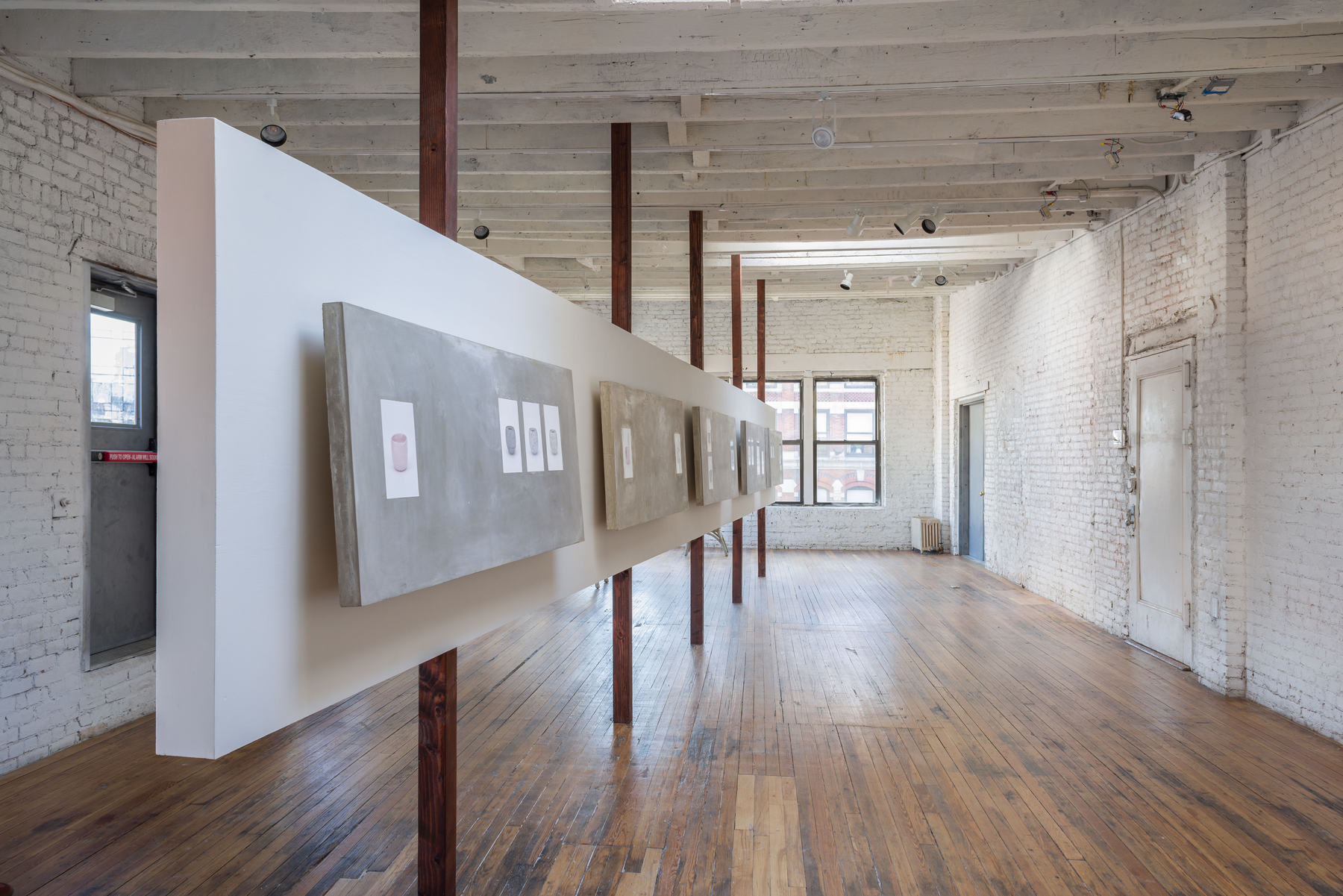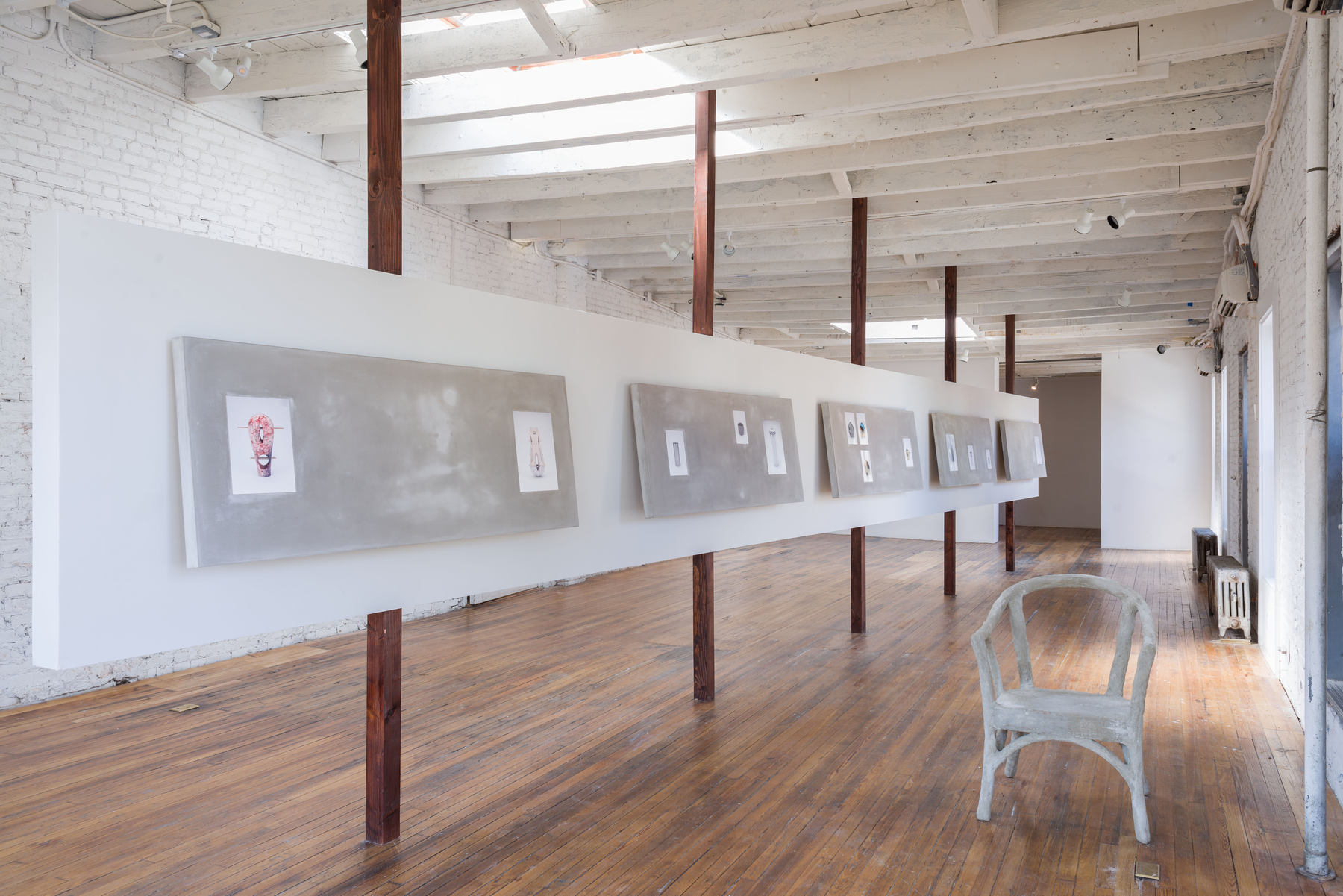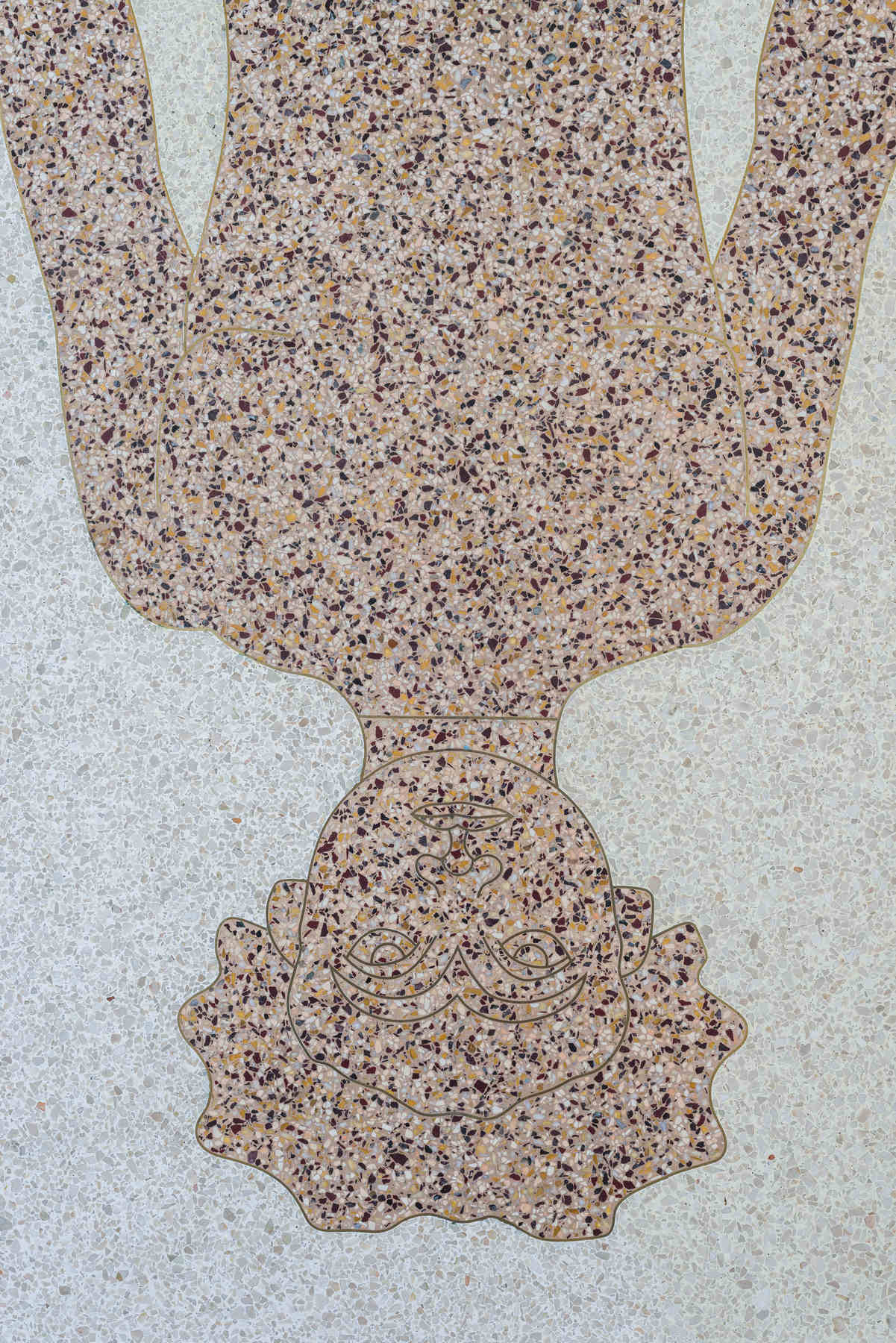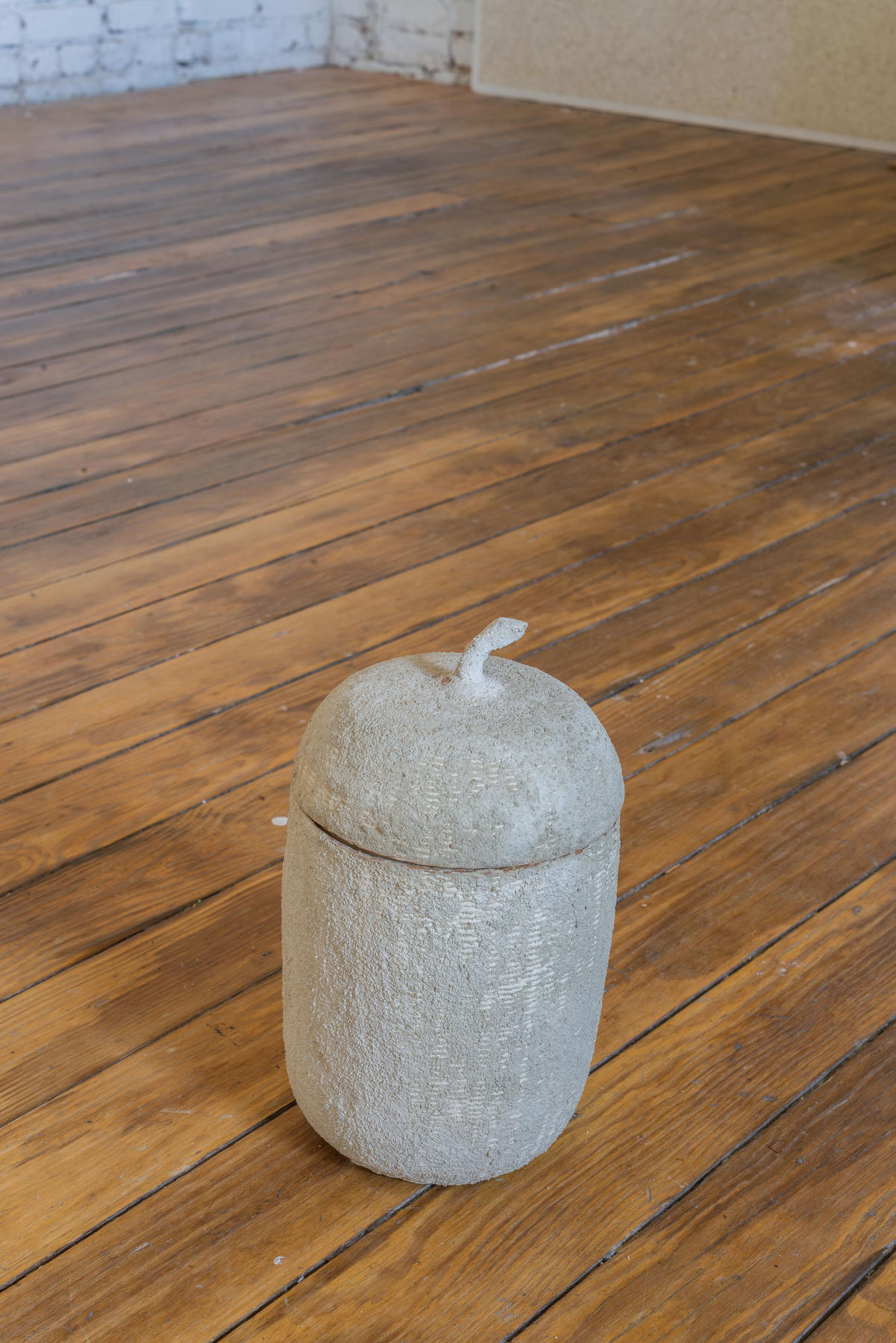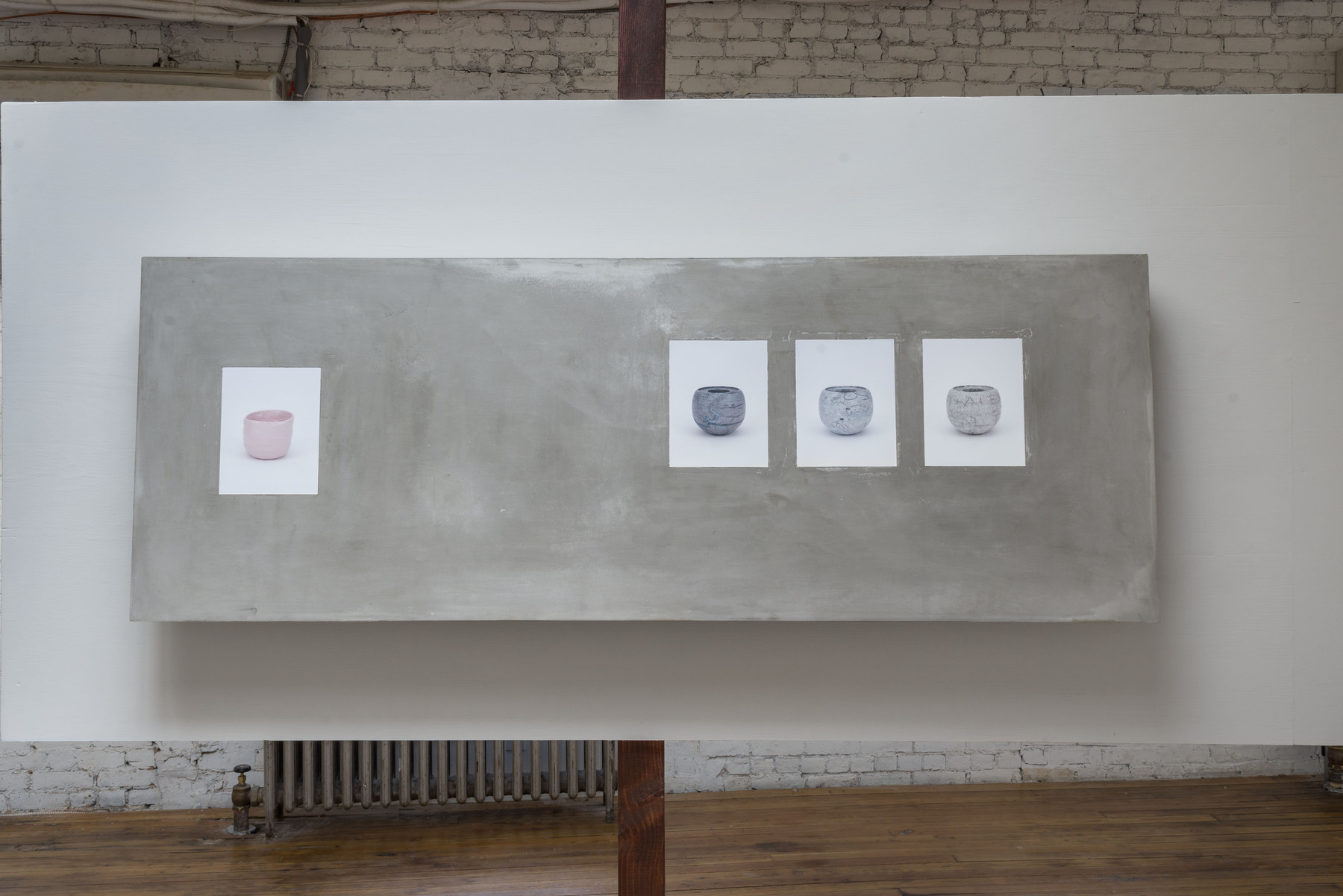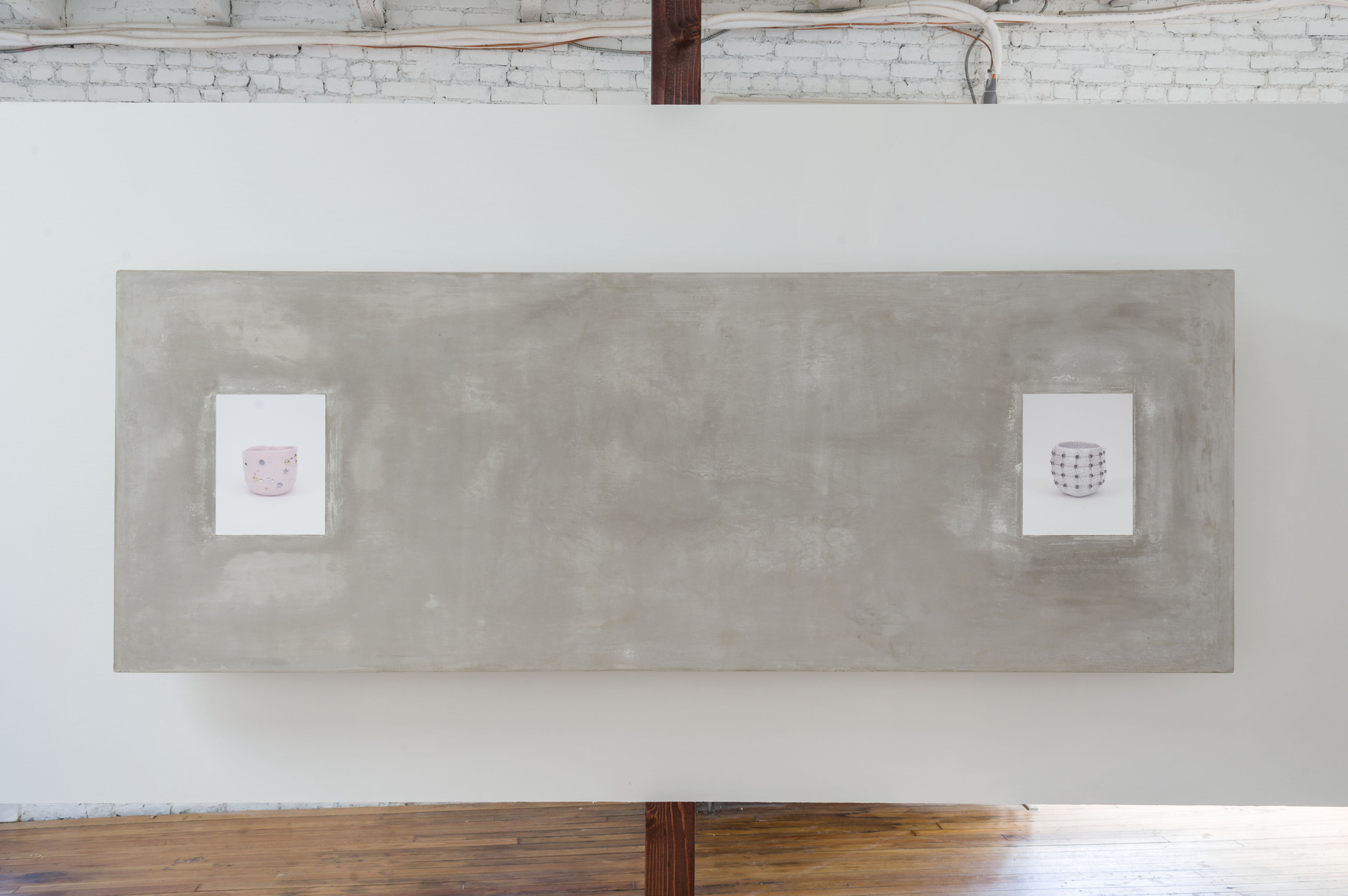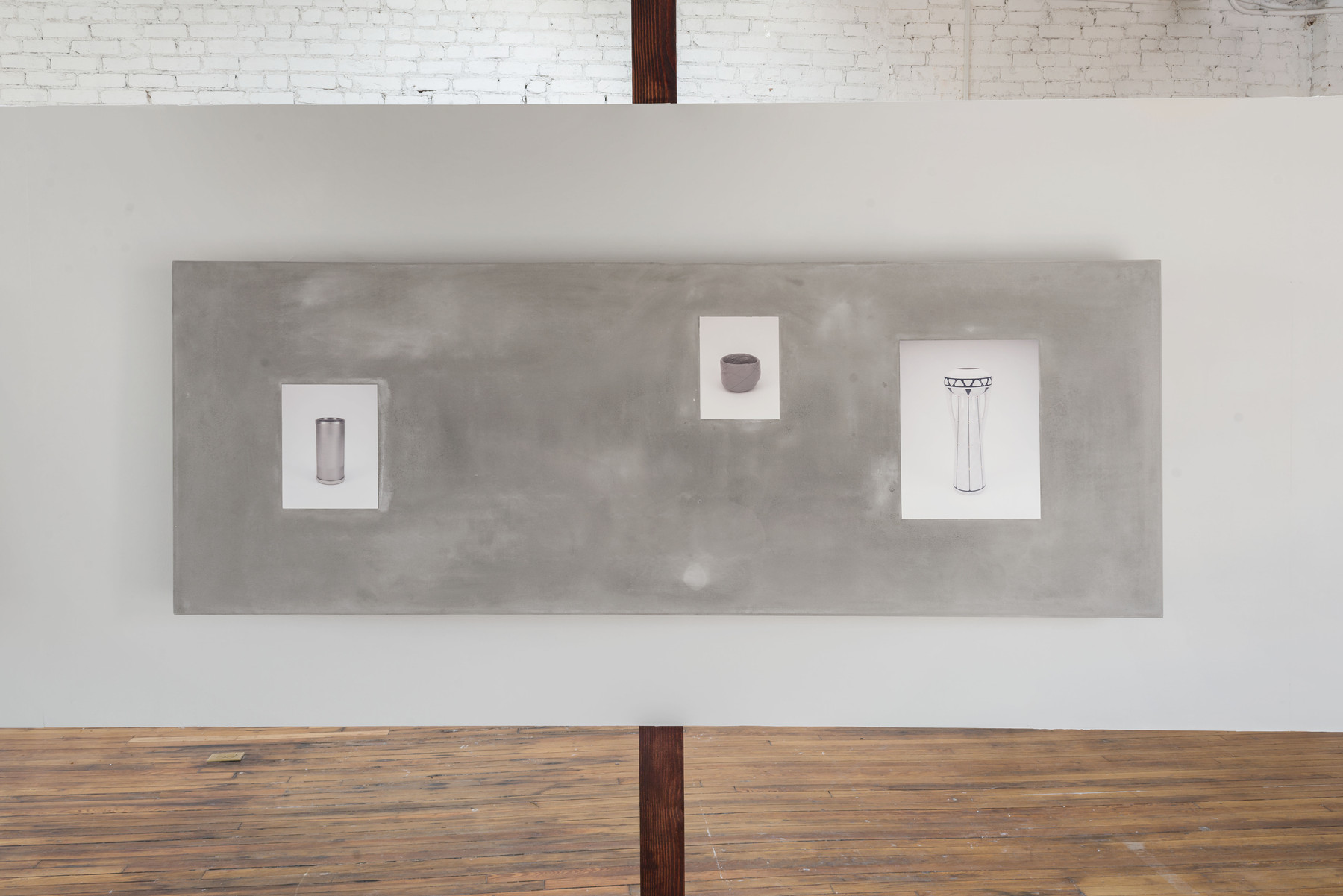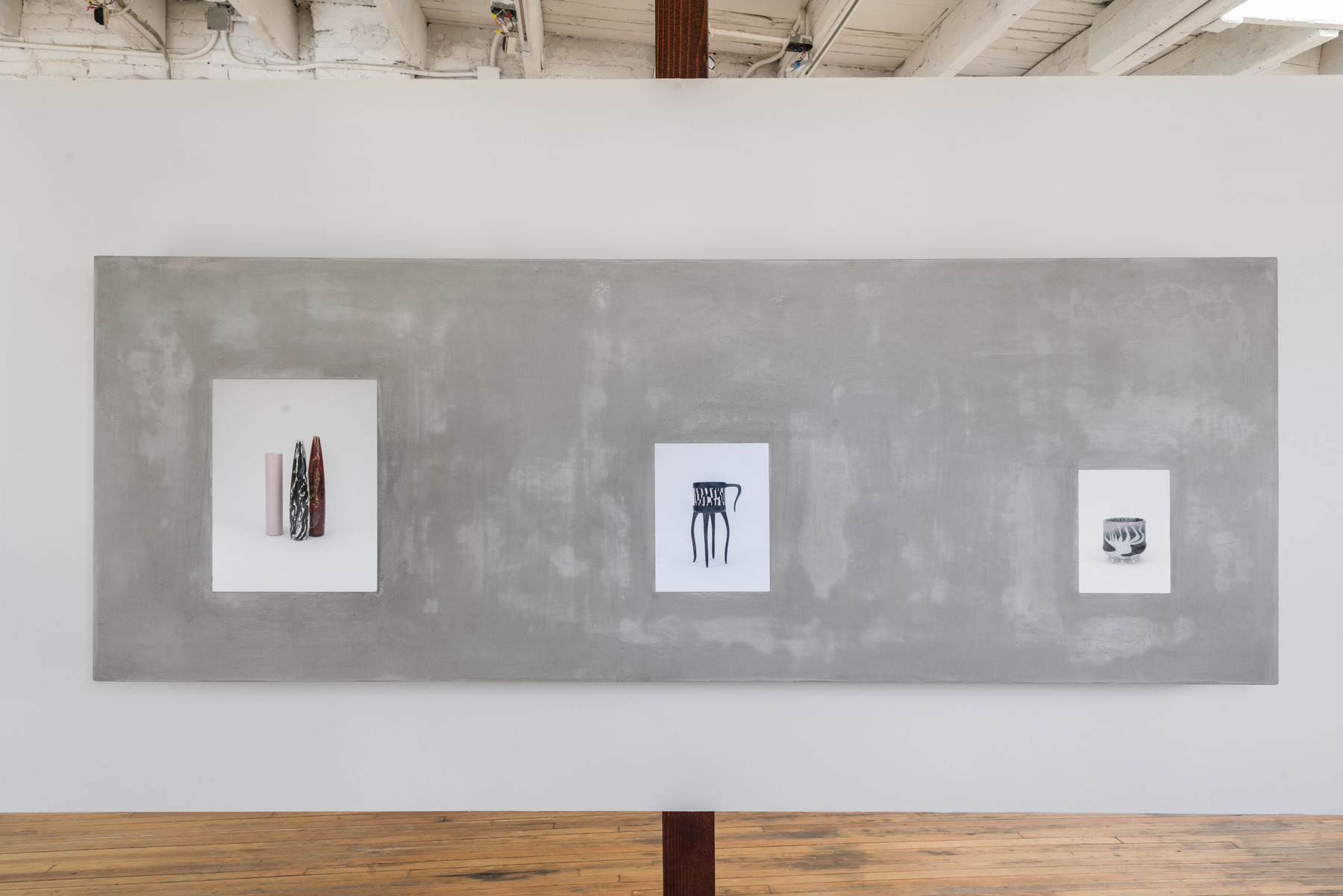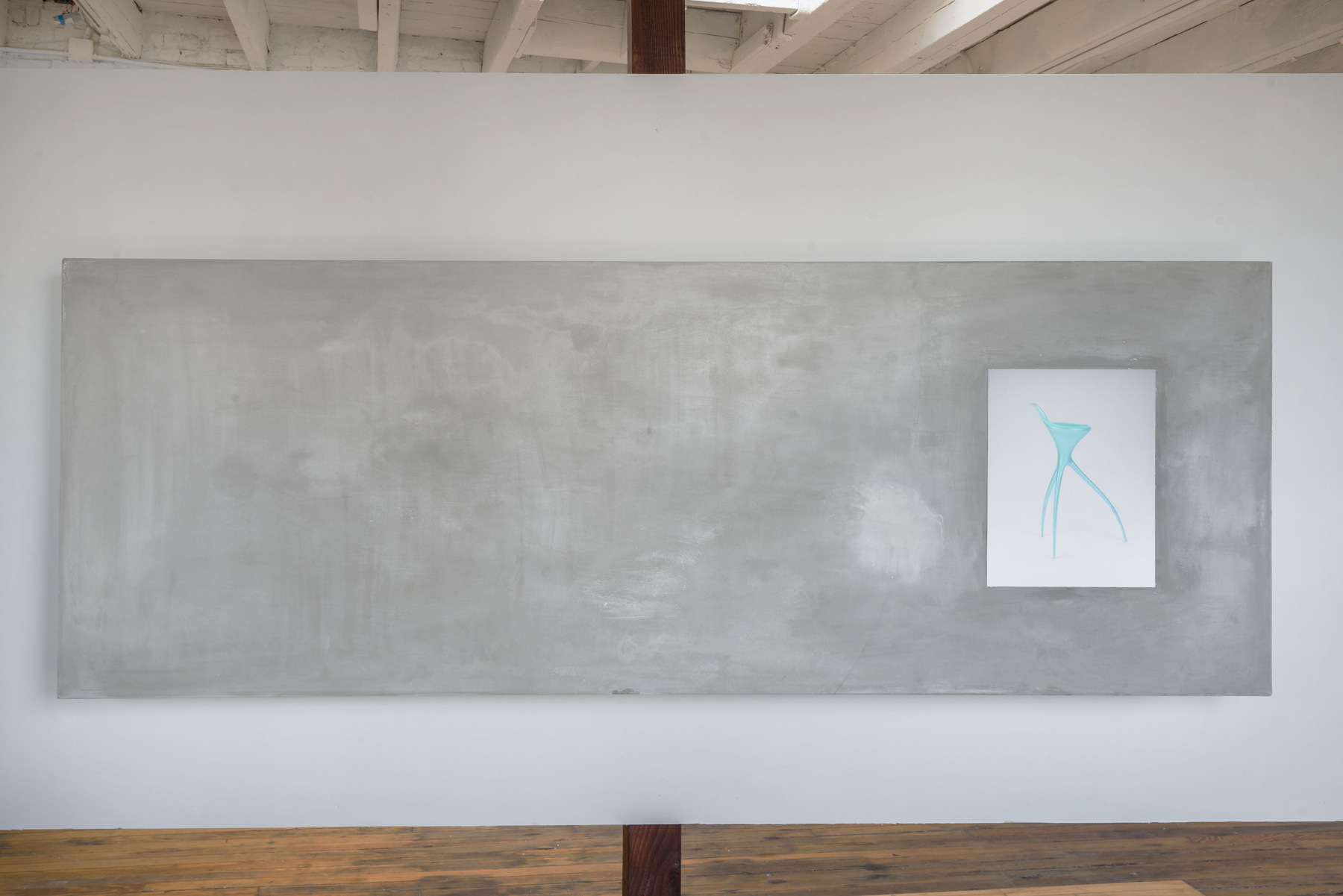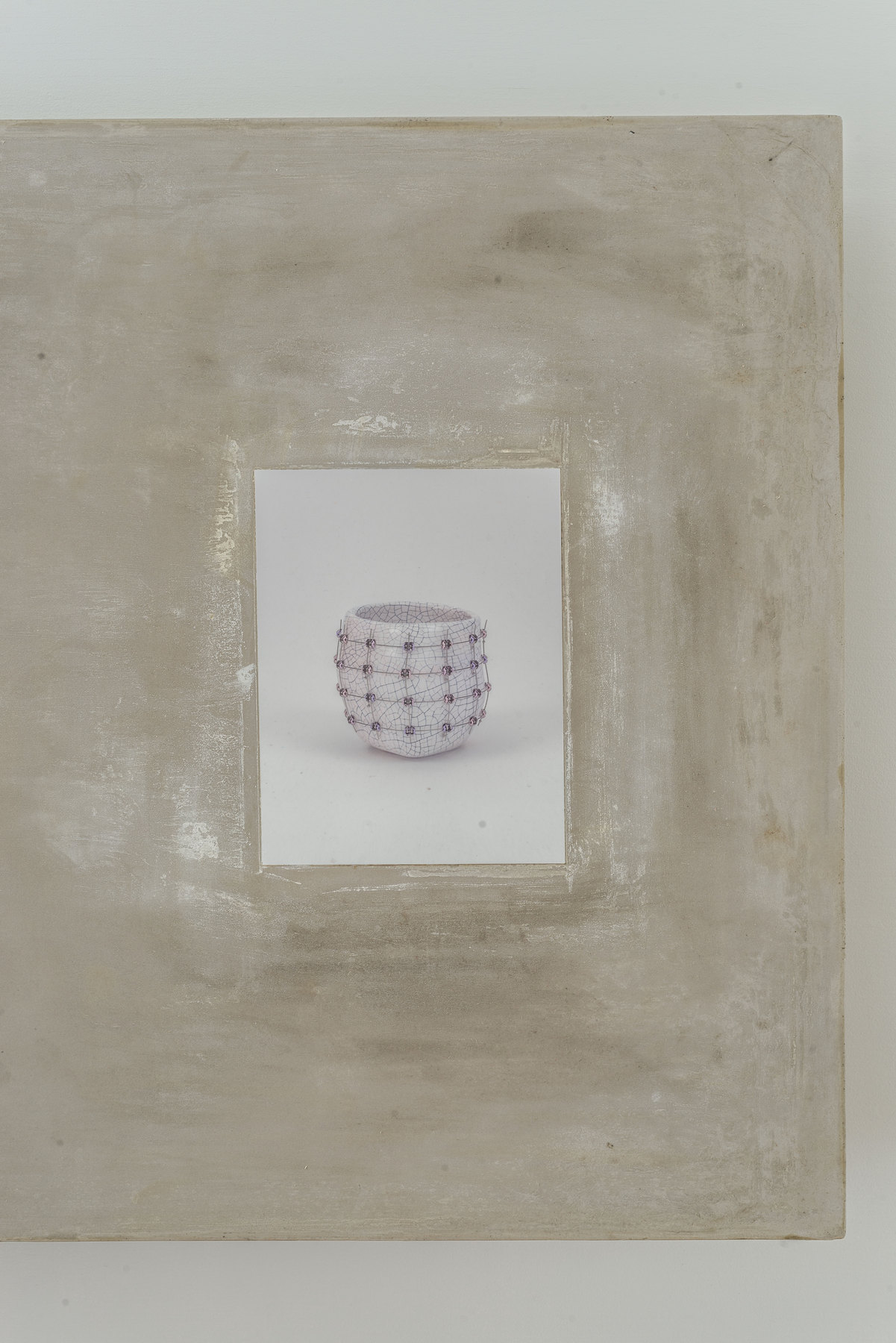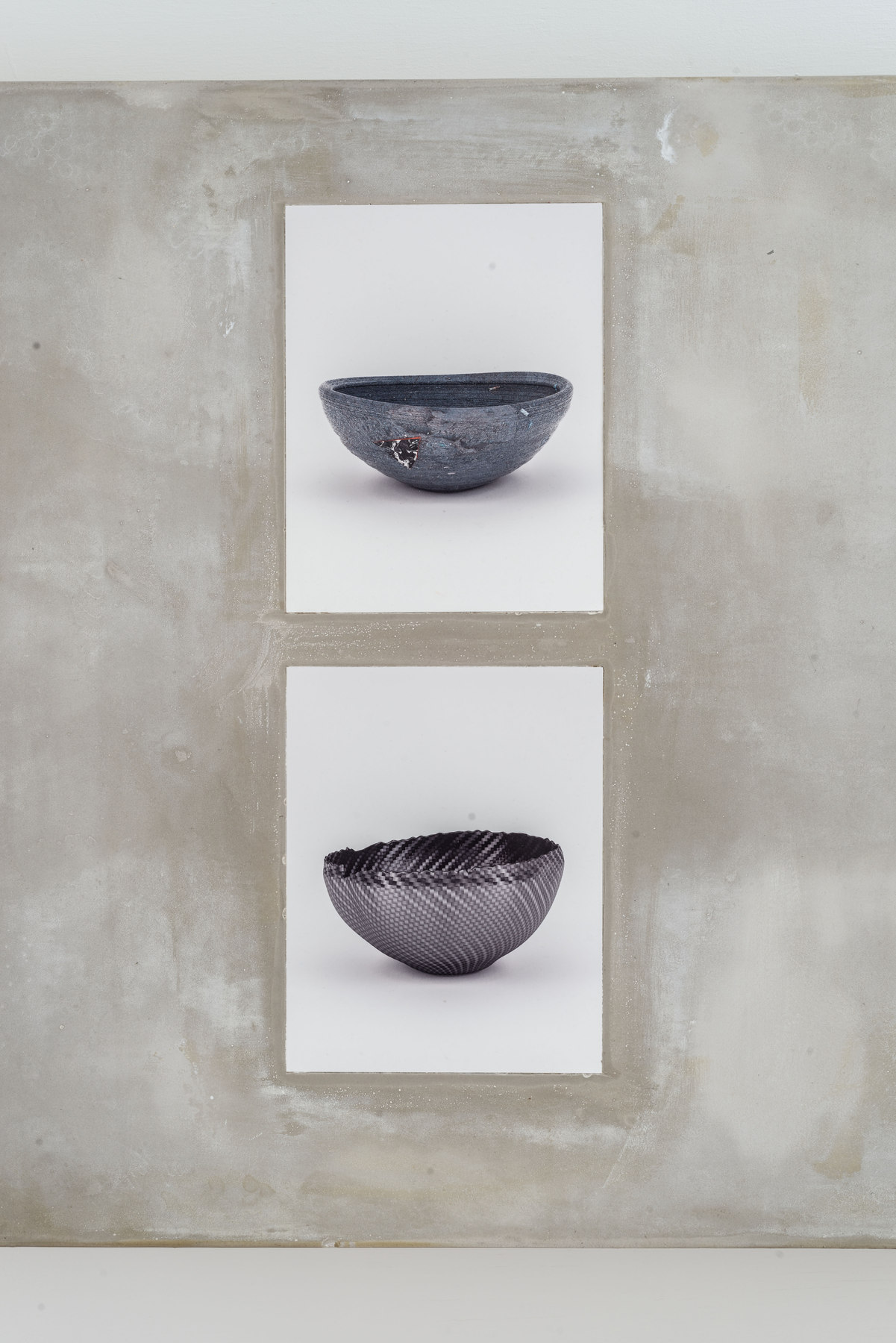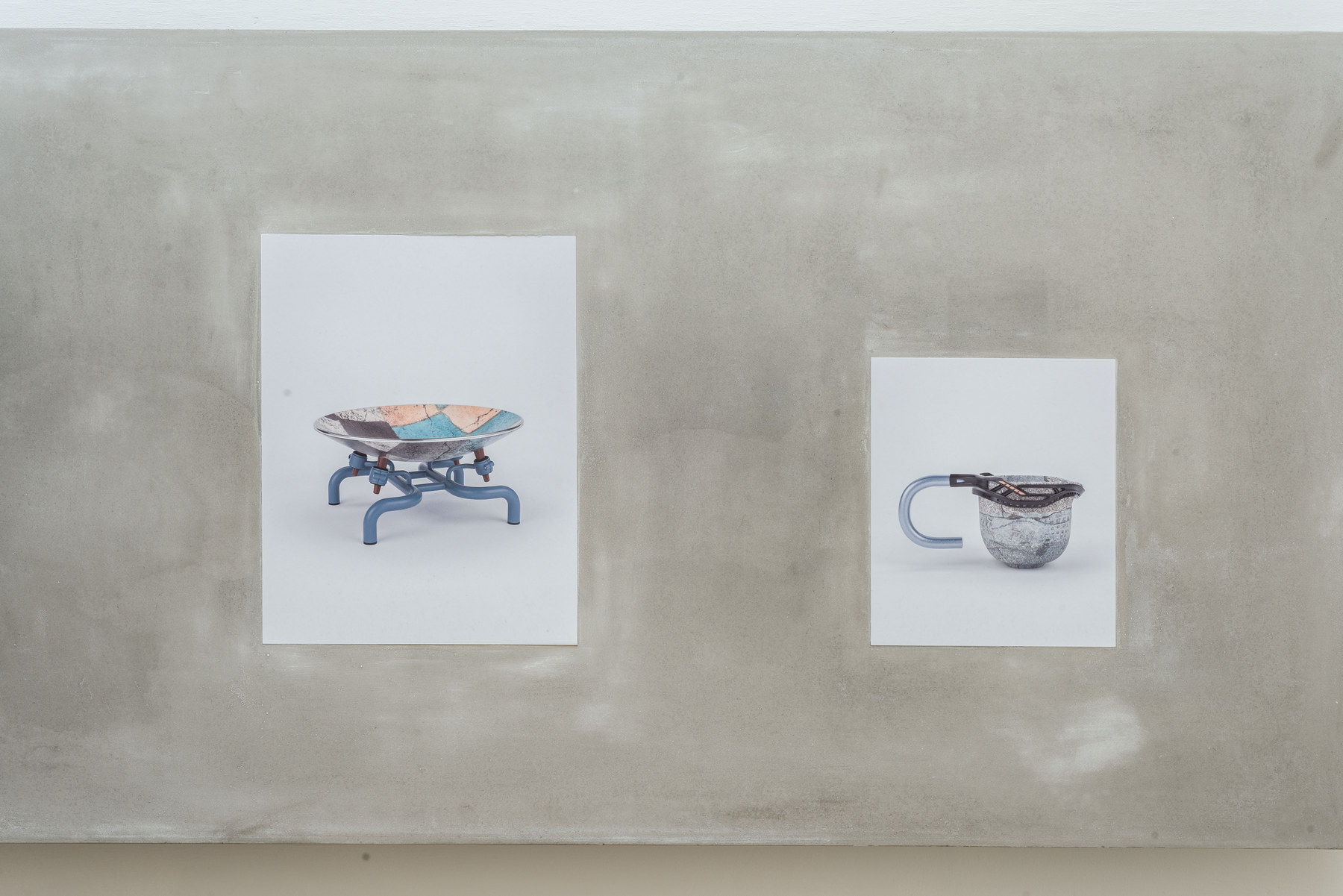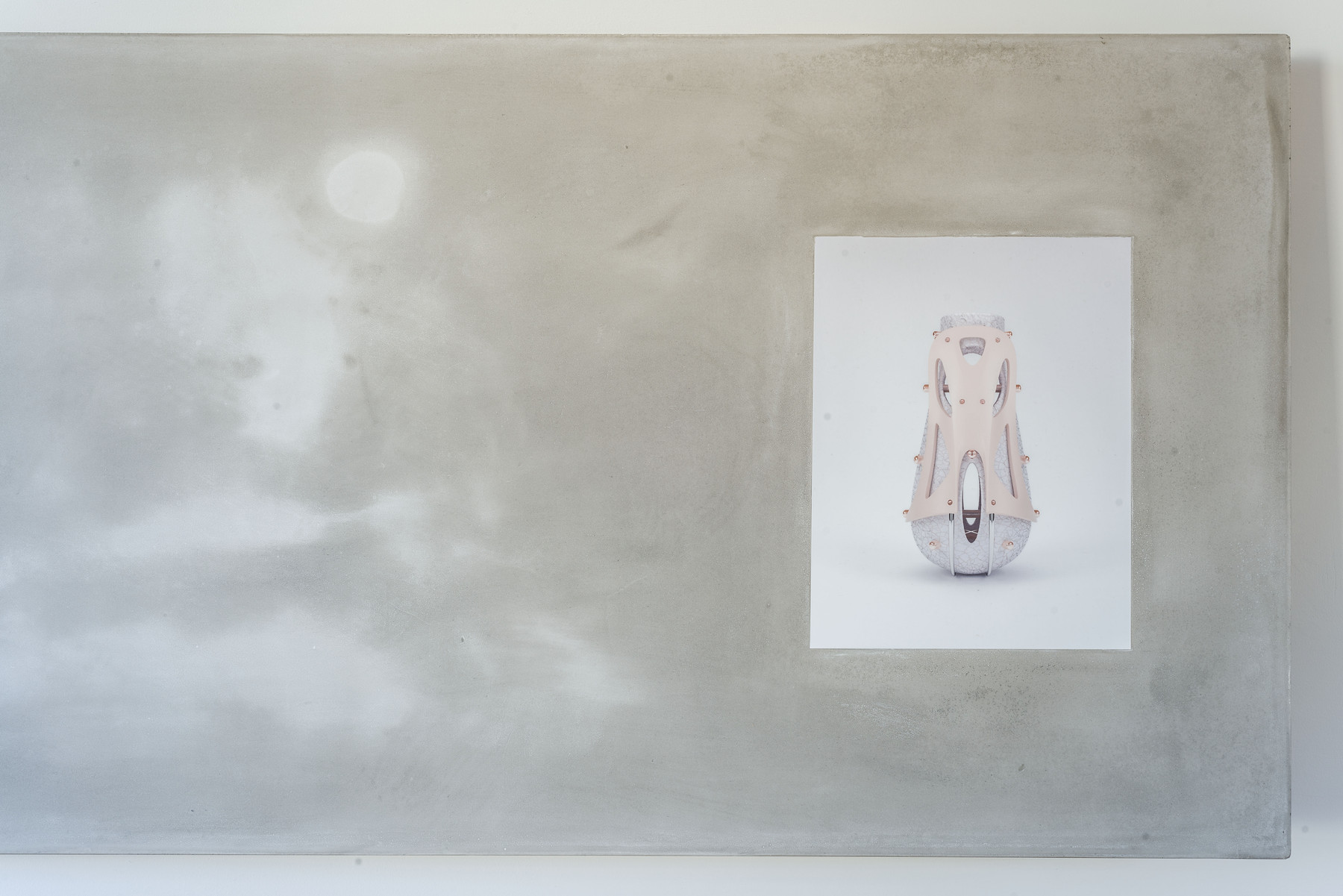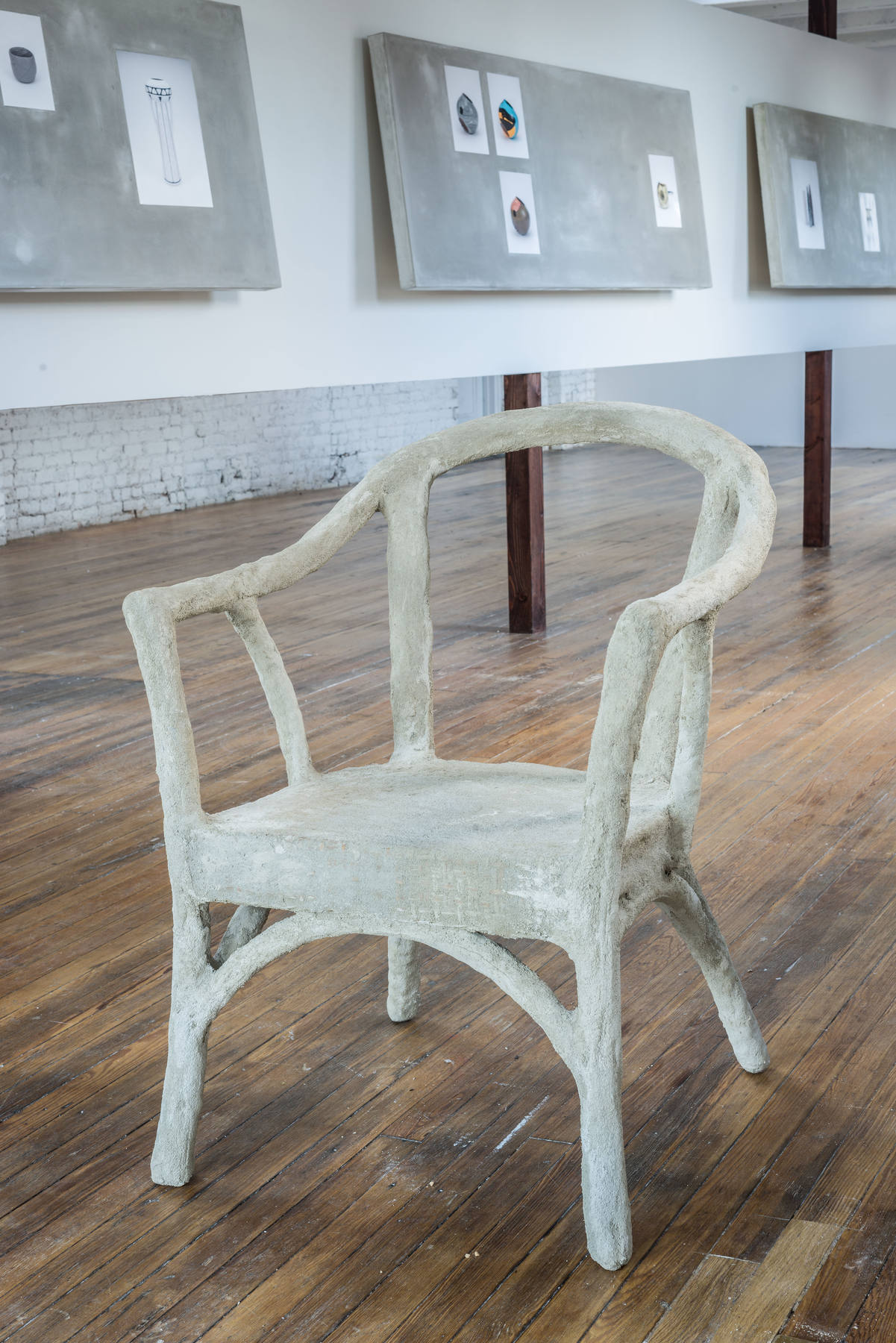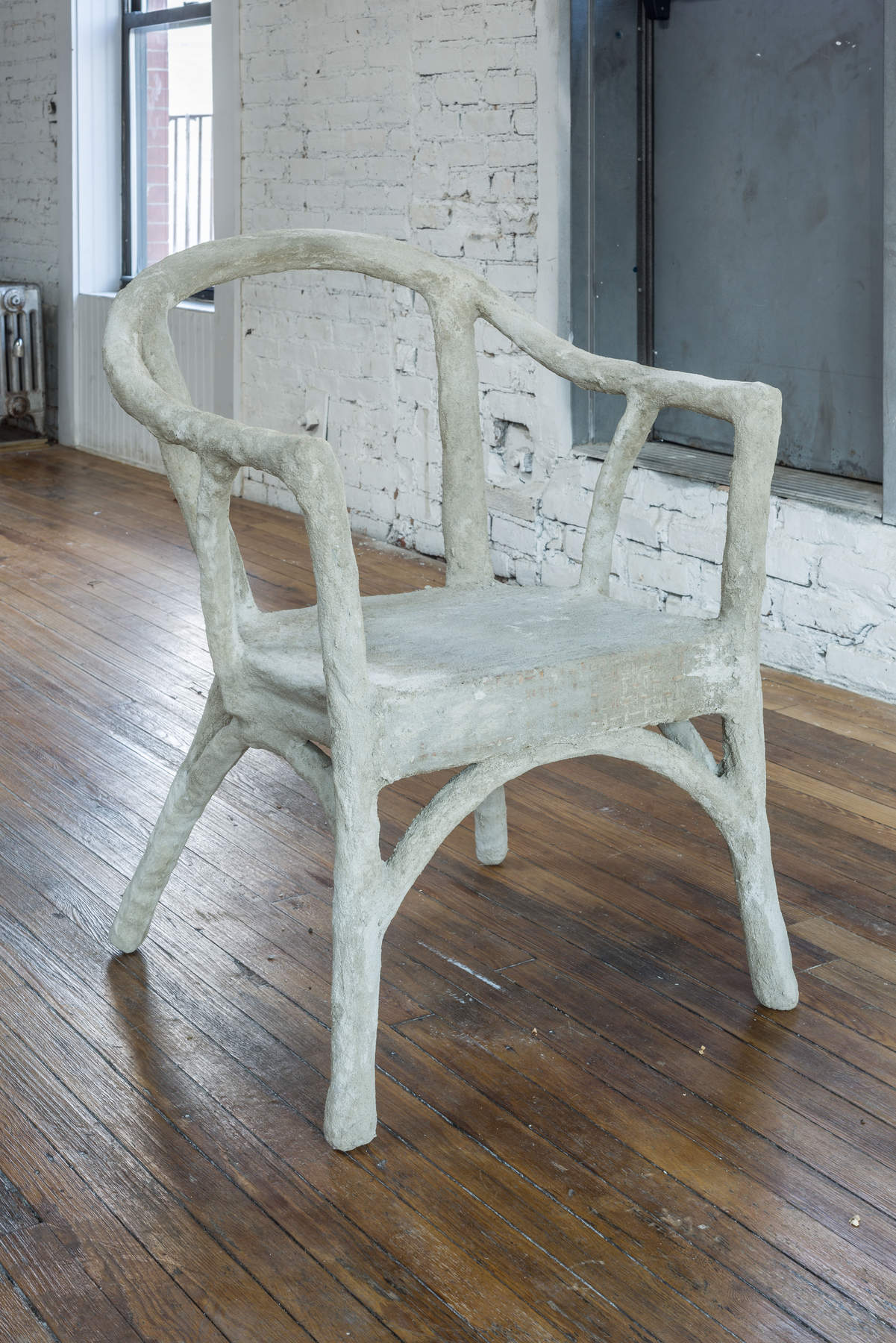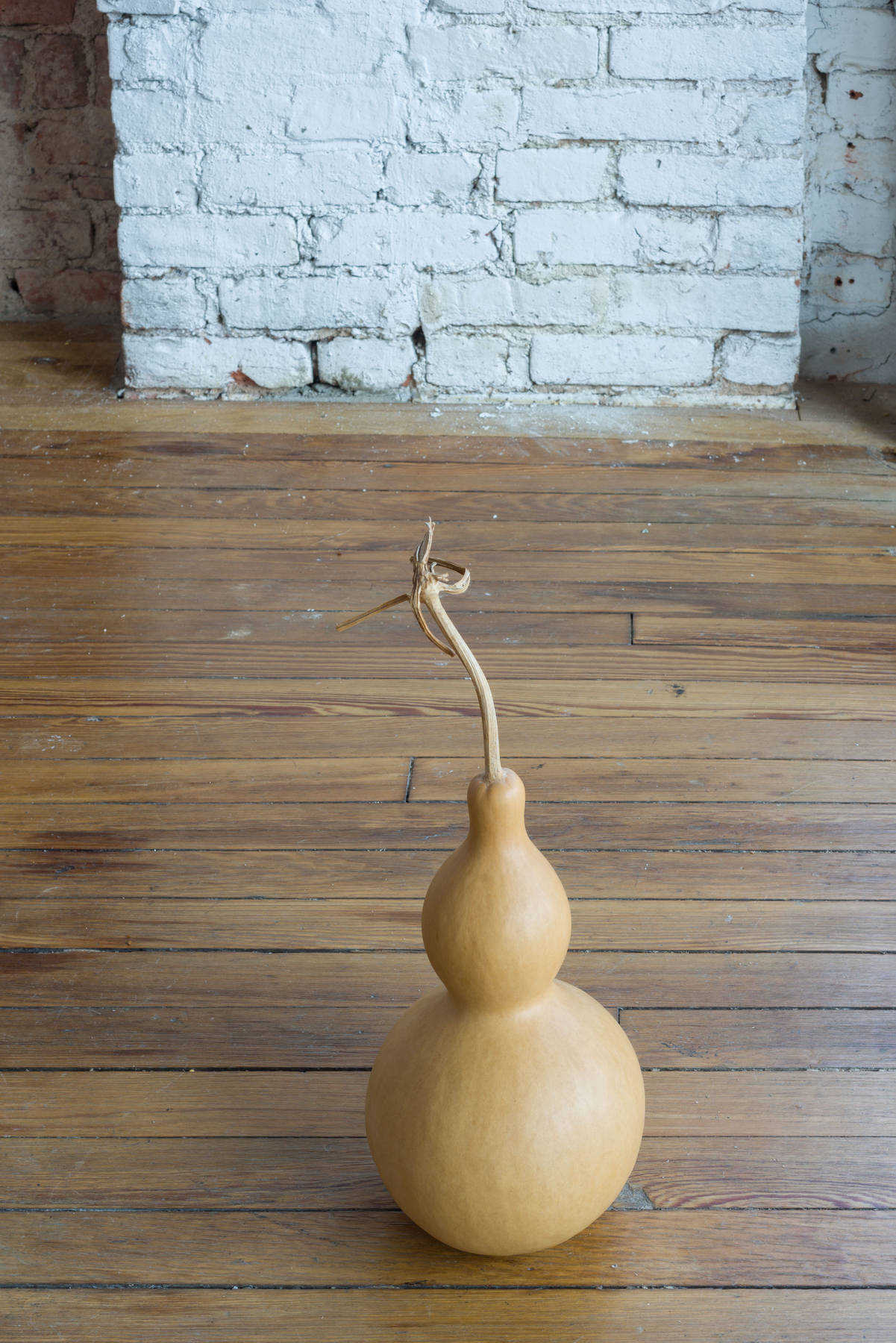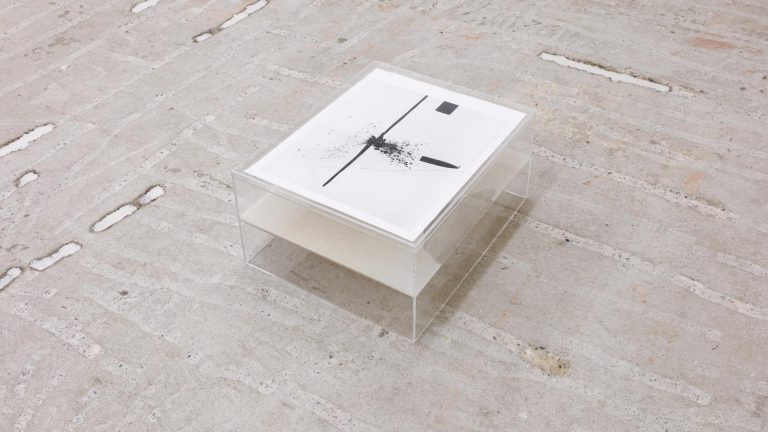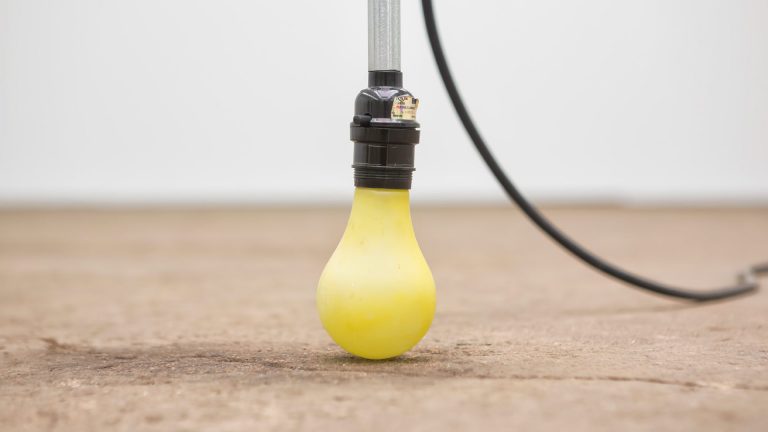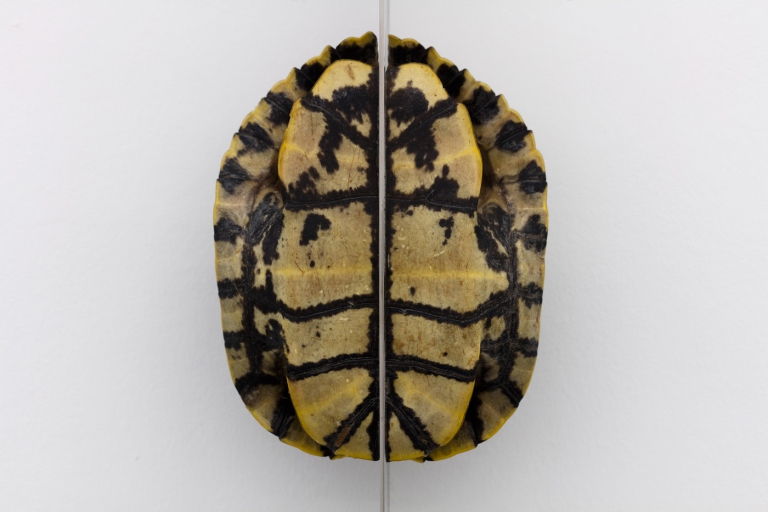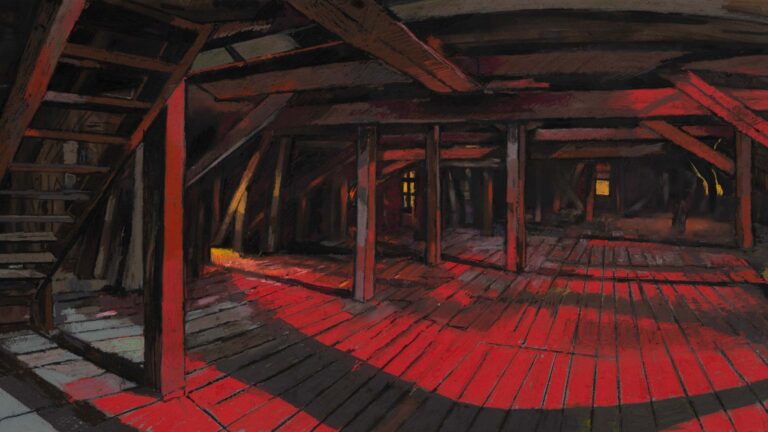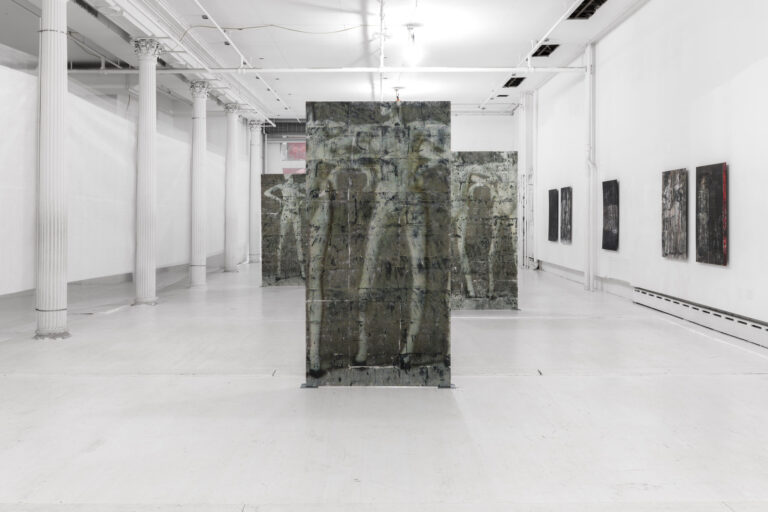Artists: Ficus Interfaith, Thomas Laprade, Aaron Lehman
Exhibition title: Progress Beyond Reason
Venue: Mx Gallery, New York, US
Date: June 22 – July 14, 2017
Photography: all images copyright and courtesy of the artists and Mx Gallery, New York
We’ve always made sure to tell and retell the story of darkness and light. And just as our ancestors danced to the songs of their ancestors, they always remembered to teach the steps to their young. Juking became jerking and Egyptian hieroglyphs found their way into gay ballroom dances uptown. The things the dead made and left behind were poignant too, especially when we could run fingers along the cracks that bore witness to their stories– as if we needed proof that time passed before we became lucky enough to sit up and watch it tick.
These rituals of making, sharing, and conserving guarantee that beliefs and values endure from one generation to the next. Ritual, above all, functions to preserve social memory by connecting an individual to a shared, cultural history. Dapping it up in the local fashion feels especially good when it’s as physical (with your arms around another body) as it is transcendentally shared. Ritual becomes the performance of history and our performance of ritual is the medium by which history thrusts forward and gives life meaning.
In pre-modern society this meaning of life was given at the beginning, and this meaning was immanent in all the ordinary customs and practices of daily life. The beat of the drum told the feet exactly how they should move- and that alone was worth reproducing to keep the world going around. In modern society, however, meaning is not given at the beginning of life– meaning is to be sought, discovered, acquired, and often discarded and re-rediscovered. Suddenly it was no longer enough to make the world go around but necessary that it also move forward.
So the idea of progress and the need for perpetual improvement became held in the highest regard in the new world. A society, a life, or an action that did not show progress came to seem meaningless, and, in turn, ritual stood on the other side of a Great Divide. It became tantamount to a blind faith in the past. Ritual, as opposed to reason, became barbarism and idolatry that could only impede the path to a bright and rational future.
Some, equipped with instruments for measuring and fine-tuning, went about banishing the sprites and gargoyles that lived in the dark corners of the imagination. They replaced them with methods of categorization and confinement, and even applied these ideas to people. They claimed ornament was the mark of the savage and renovated temples to humiliate monks with simple reason and logic. Others, erecting towers of mullioned glass and rectangular greys, said ritual was the insidious tool of authority used to stratify and take advantage of the aspirational poor. Ritual became our bogeyman, no longer a boon but a blight on progress.
Progress was to be social, scientific, liberal, constant, faster, constant, better, constant… until we found ourselves moving again to the beat of that ancient drum. These activities, held to the metric of seemingly quantifiable progress and perpetual improvement became the new customs and practices of every day life the modern ritual.
Yet all those cancerous qualities we feared about ritual– the blind faith and idolatry– were only in remission. Aided by technology, these symbols of progress reproduced and hurdled through our psyches so fast that they became empty shells of what they once stood for. A dangerously ritualistic faith in progress emerged; the idea of a better future hijacked by eco-conscious marketing ploys, protestors at rallies in search of social currency, aerodynamic razors with embossed speed stripes for hairless bodies. Futurism in this sense became reduced to a hyperbole of a wasteful and indulgent present; one that carrot-sticks us into the future while leaving us too tranquilized to really feel, think, or act in the moment.
We see this trickery most clearly in the technologies and materials that literally form the foundation of our culture. Perhaps the enabling feature of the Roman Empire’s sprawl was their use of concrete— they were the envy of the western world for the speed of their megalithic construction. Domes, aqueducts, and arches were poured rather than painstakingly pieced together. The imperfect predecessor of this technology was clay and the inheritors of its successes were plastics, rubber, terrazzo, and today the infinitely variable rendered image. What each of these technologies enable and share is their plasticity and offer of unlimited new forms. A poured concrete façade of a neoclassical building does not rely on wooden beams, columns of fluted reeds, and pegs that tie columns to architrave, and yet all those features are visible because they were the original construction techniques of Greek temples. While plastic materials like concrete offer vast potential for new forms, we continue to imbue them with the symbols of the past. We see in these technologies a preservation of image, appearance, and ritual while materiality drops away. This culminates in the rendered image, an image literally without matter. We live in homes with hollow Ikea furniture.
The fact of how we preserve our past when given so much technological potential for newness suggests that we can’t escape our history, but maybe there is potential within it for liberation. If ritual is the practice of history then it must be a history for life. Not an idea of history that is only a scientific recording of facts, or limited by nostalgia and a blind recreation of past styles, but a practice that empowers an imagination aimed at the horizon. Today it’s possible to hear the ancient drum and, rather than be captive to it, have the ability to decide how the feet should move.
Progress Beyond Reason, 2017, exhibition view, Mx Gallery, New York
Progress Beyond Reason, 2017, exhibition view, Mx Gallery, New York
Progress Beyond Reason, 2017, exhibition view, Mx Gallery, New York
Progress Beyond Reason, 2017, exhibition view, Mx Gallery, New York
Ficus Interfaith, Nebuchadnezzar’s Dream, 2016, Terrazzo, brass, wood, 8’ x 4’ x 2”
Ficus Interfaith, Nebuchadnezzar’s Dream, 2016, Terrazzo, brass, wood, 8’ x 4’ x 2”
Ficus Interfaith, Nebuchadnezzar’s Dream, 2016, Terrazzo, brass, wood, 8’ x 4’ x 2”
Progress Beyond Reason, 2017, exhibition view, Mx Gallery, New York
Ficus Interfaith, Ferrocement Apple Box, 2017, Concrete, Rattan, Bamboo, 10.25” x 5.75” dia
Ficus Interfaith, Ferrocement Apple Box, 2017, Concrete, Rattan, Bamboo, 10.25” x 5.75” dia
Ficus Interfaith, Ferrocement Apple Box, 2017, Concrete, Rattan, Bamboo, 10.25” x 5.75” dia
Ficus Interfaith, Ferrocement Apple Box, 2017, Concrete, Rattan, Bamboo, 10.25” x 5.75” dia
Progress Beyond Reason, 2017, exhibition view, Mx Gallery, New York
Aaron Lehman, Thomas Laprade, Shopping Addiction, Dye sublimation print on Aluminum, cement, 72”x 26”x 2.5”W
Aaron Lehman, Thomas Laprade, mp4-12c, Dye sublimation print on Aluminum, cement, 72”x 26”x 2.5”
Aaron Lehman, Thomas Laprade, The Blind Astronomer, Dye sublimation print on Aluminum, cement, 72”x 26”x 2.5”
Aaron Lehman, Thomas Laprade, The Future of Health and Happiness, Dye sublimation print on Aluminum, cement, 72”x 26”x 2.5”
Aaron Lehman, Thomas Laprade, The Golden Spindle, Dye sublimation print on Aluminum, cement, 72”x 26”x 2.5”
Aaron Lehman, Thomas Laprade, The Merchant and the Singer, Dye sublimation print on Aluminum, cement, 72”x 26”x 2.5”
Aaron Lehman, Thomas Laprade, Blood in Our Wells, Dye sublimation print on Aluminum, cement, 72”x 26”x 2.5”
Aaron Lehman, Thomas Laprade, The Eunuch’s Harp, Dye sublimation print on Aluminum, cement, 72”x 26”x 2.5”
Aaron Lehman, Thomas Laprade, Songs of Grief and Solitude, Dye sublimation print on Aluminum, cement, 72”x 26”x 2.5”
Aaron Lehman, Thomas Laprade, Horror vacui, Dye sublimation print on Aluminum, cement, 72”x 26”x 2.5”
Aaron Lehman, Thomas Laprade, The Blind Astronomer (detail), Dye sublimation print on Aluminum, cement, 72”x 26”x 2.5”
Aaron Lehman, Thomas Laprade, mp4-12c (detail), Dye sublimation print on Aluminum, cement, 72”x 26”x 2.5”
Aaron Lehman, Thomas Laprade, The Future of Health and Happiness (detail), Dye sublimation print on Aluminum, cement, 72”x 26”x 2.5”
Aaron Lehman, Thomas Laprade, The Golden Spindle (detail), Dye sublimation print on Aluminum, cement, 72”x 26”x 2.5”
Aaron Lehman, Thomas Laprade, The Merchant and the Singer (detail), Dye sublimation print on Aluminum, cement, 72”x 26”x 2.5”
Aaron Lehman, Thomas Laprade, Blood in Our Wells (detail), Dye sublimation print on Aluminum, cement, 72”x 26”x 2.5”
Aaron Lehman, Thomas Laprade, The Eunuch’s Harp (detail), Dye sublimation print on Aluminum, cement, 72”x 26”x 2.5”
Aaron Lehman, Thomas Laprade, Songs of Grief and Solitude (detail), Dye sublimation print on Aluminum, cement, 72”x 26”x 2.5”
Ficus Interfaith, Pair of Ferrocement Chairs (with gourd), Cement, Wicker, Gourd, Dimensions variable
Ficus Interfaith, Pair of Ferrocement Chairs (with gourd), Cement, Wicker, Gourd, Dimensions variable
Progress Beyond Reason, 2017, exhibition view, Mx Gallery, New York
Progress Beyond Reason, 2017, exhibition view, Mx Gallery, New York


